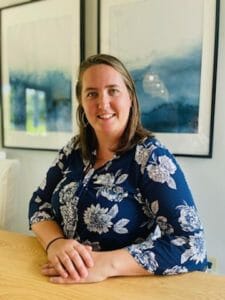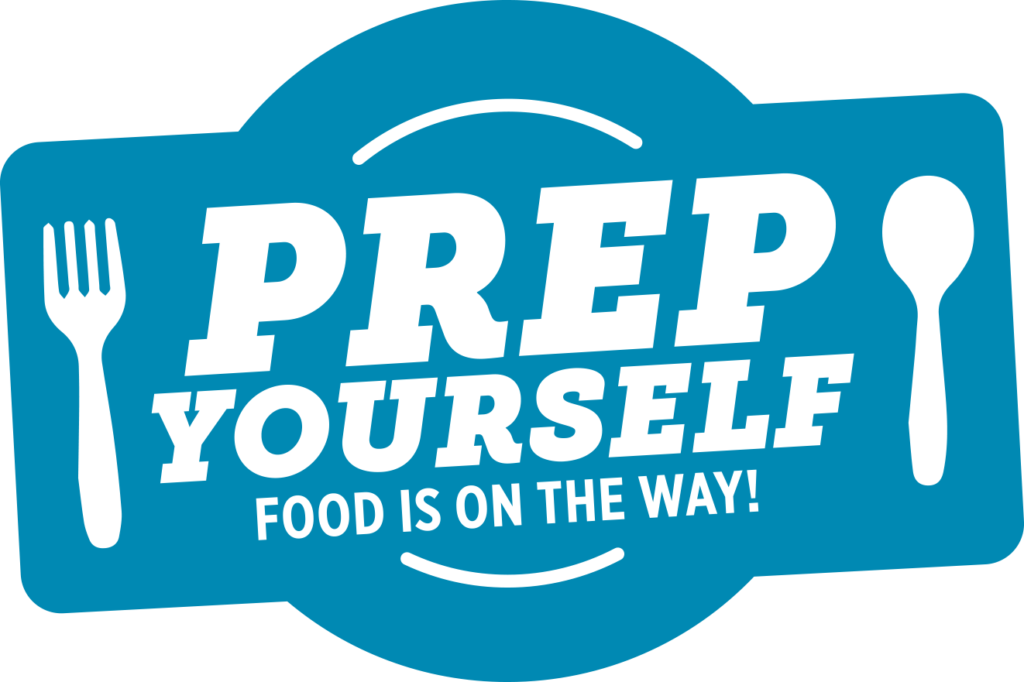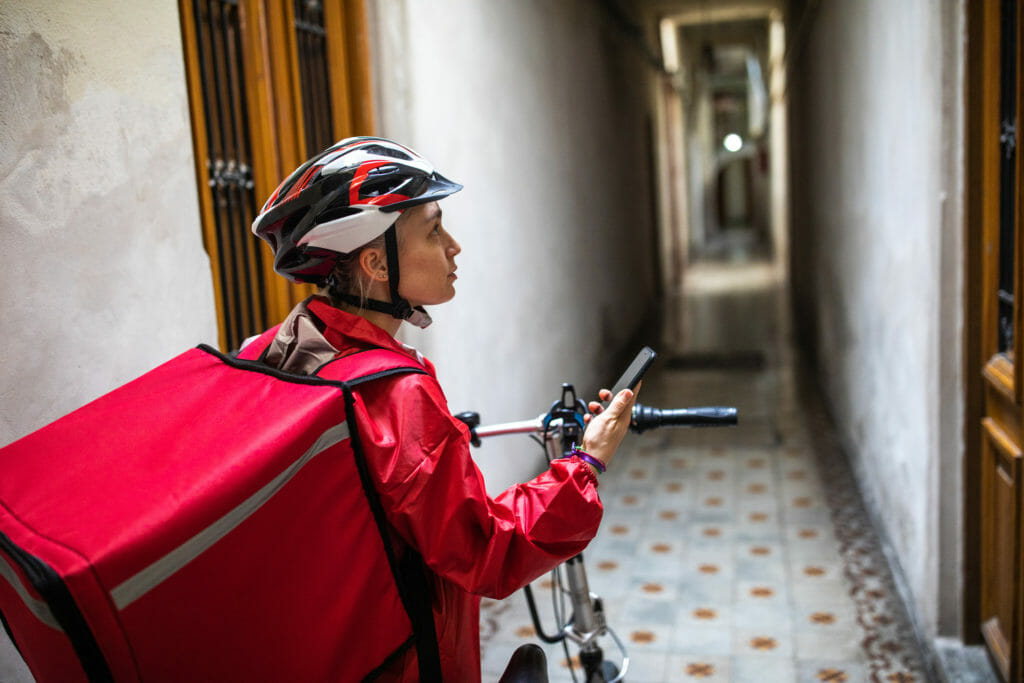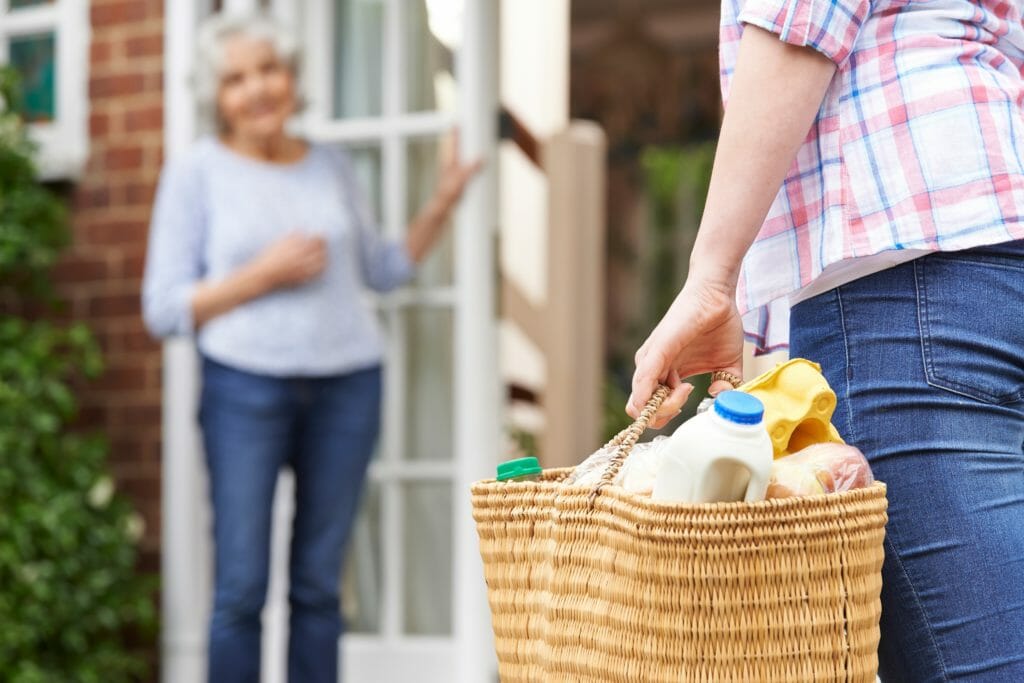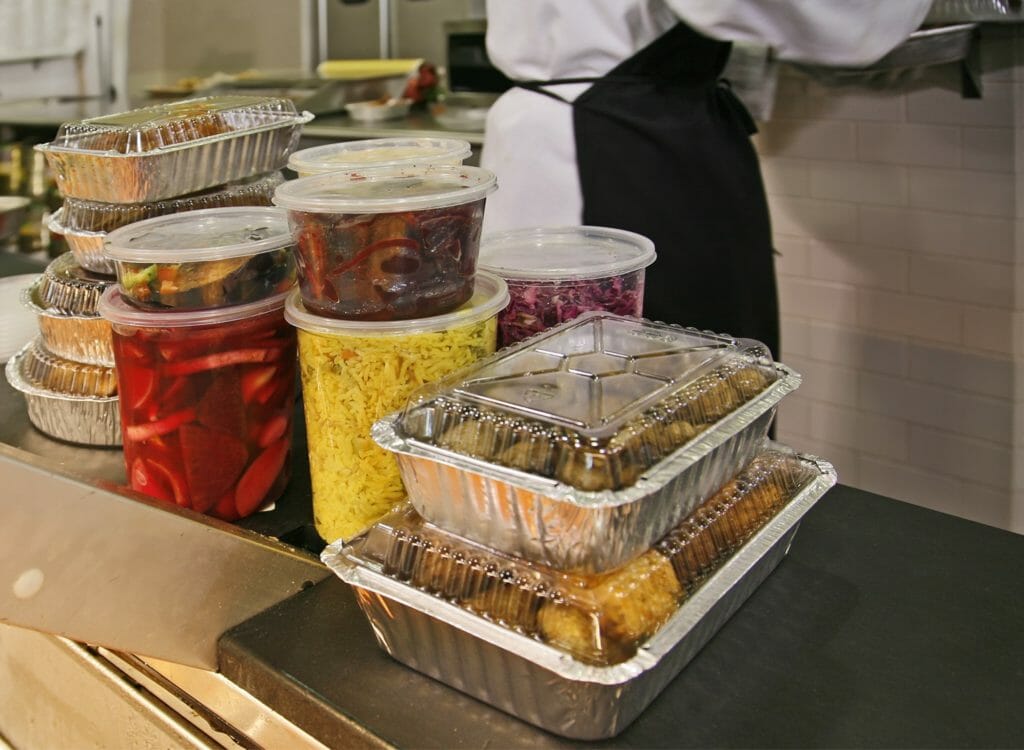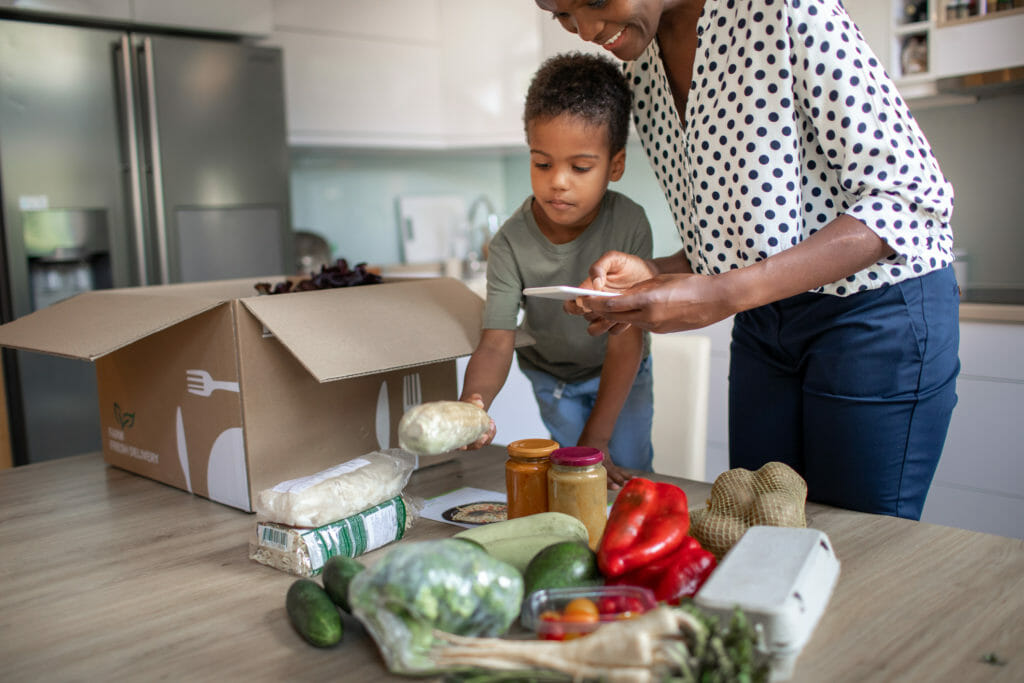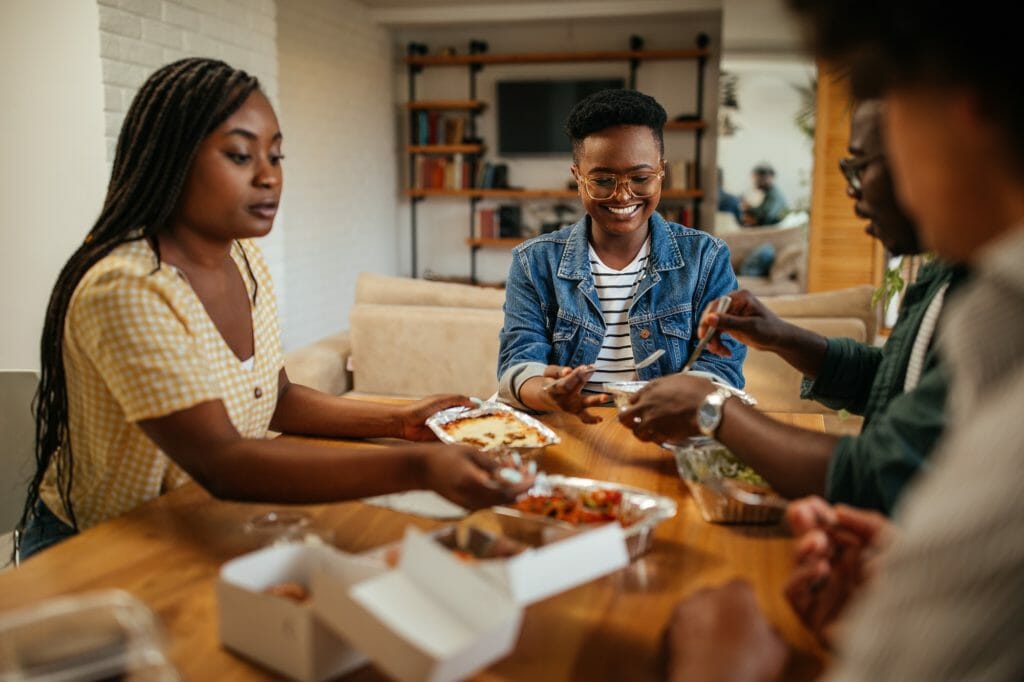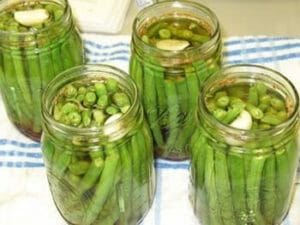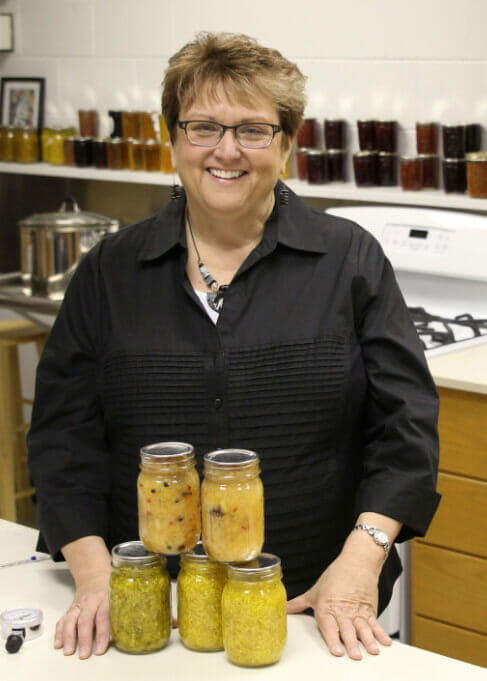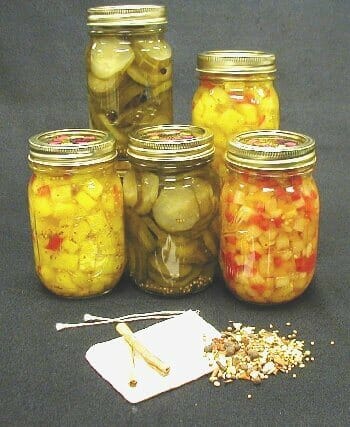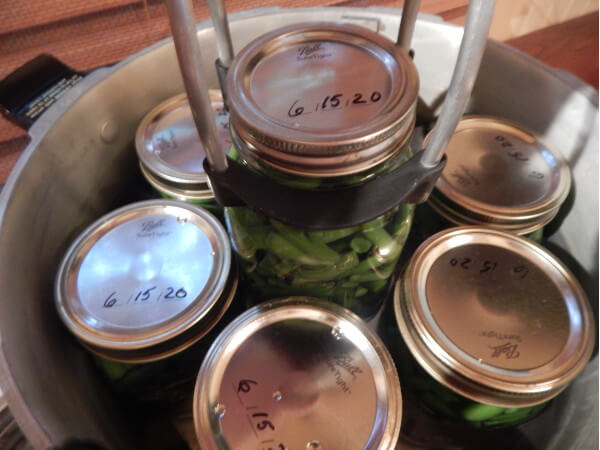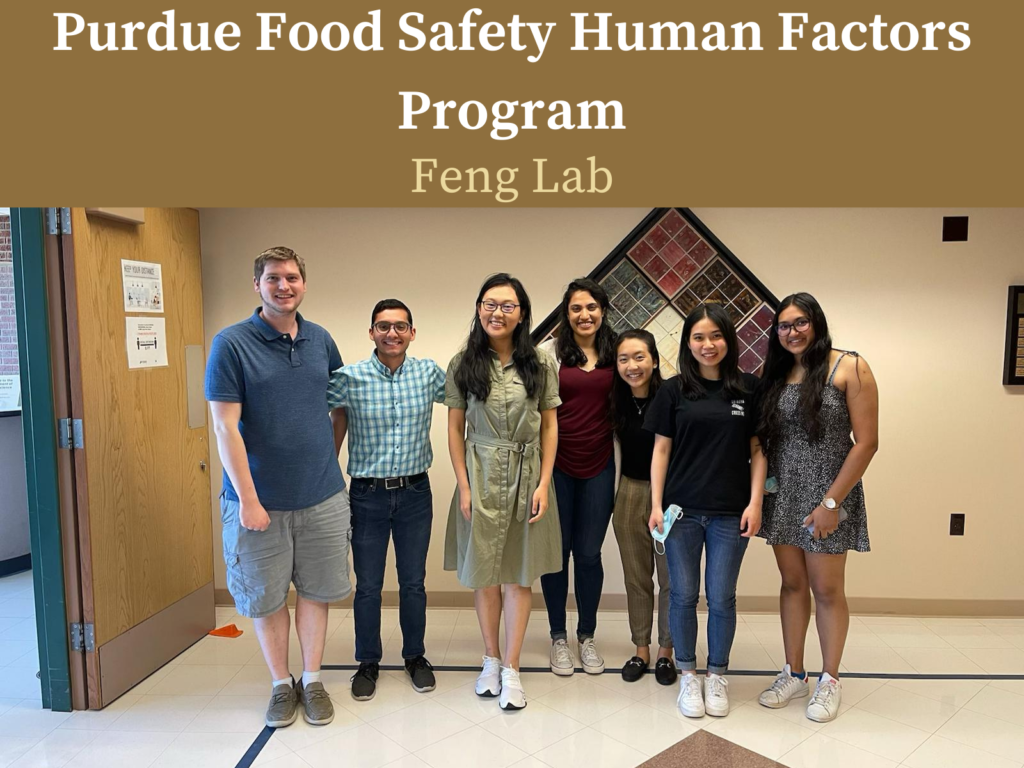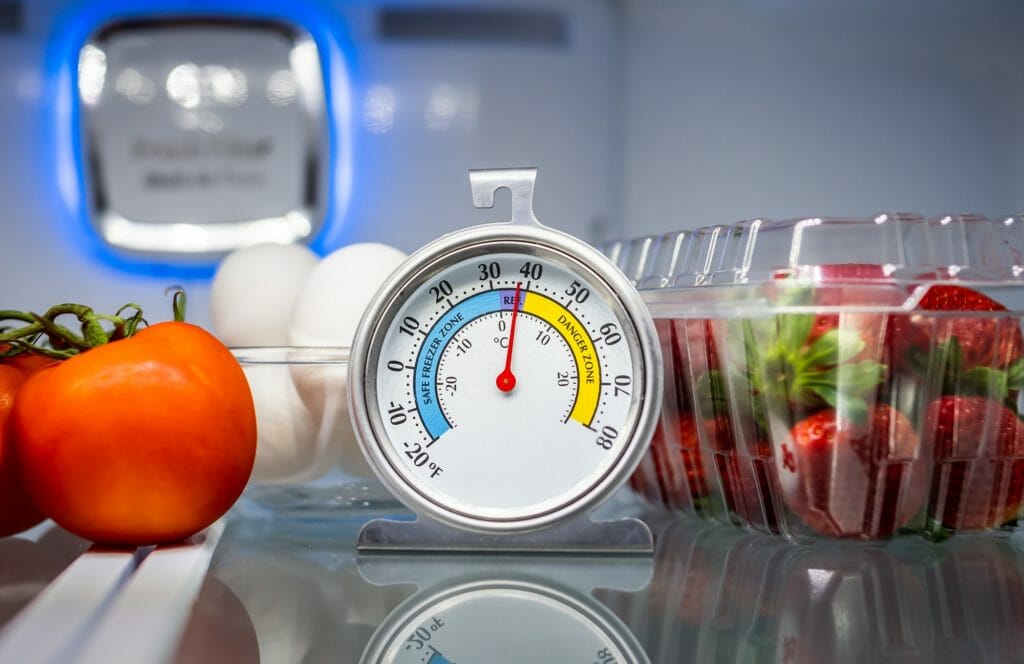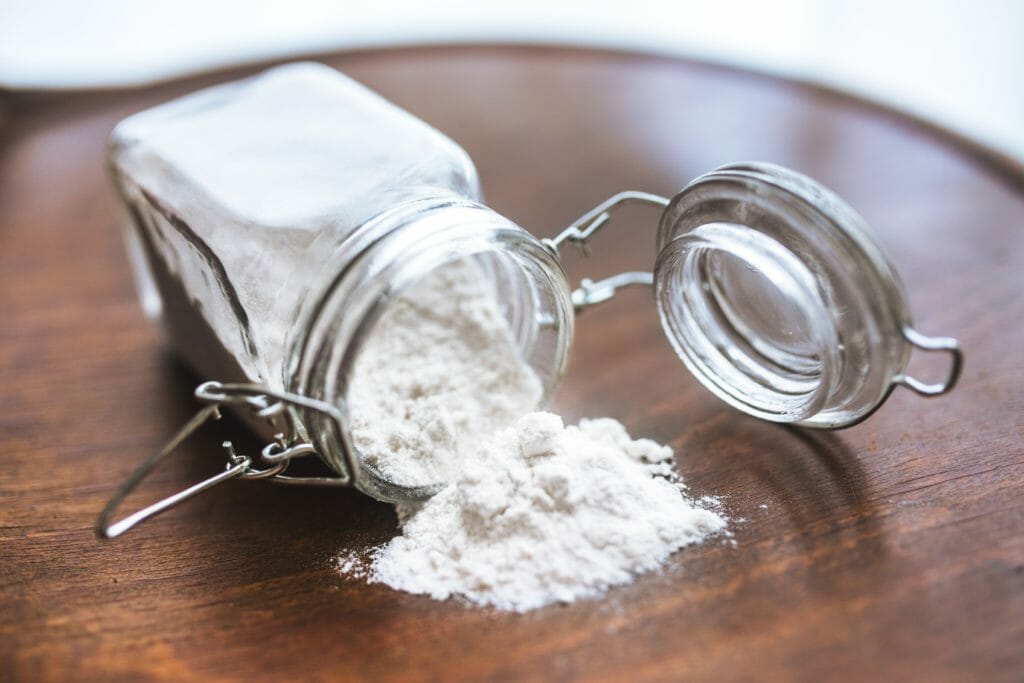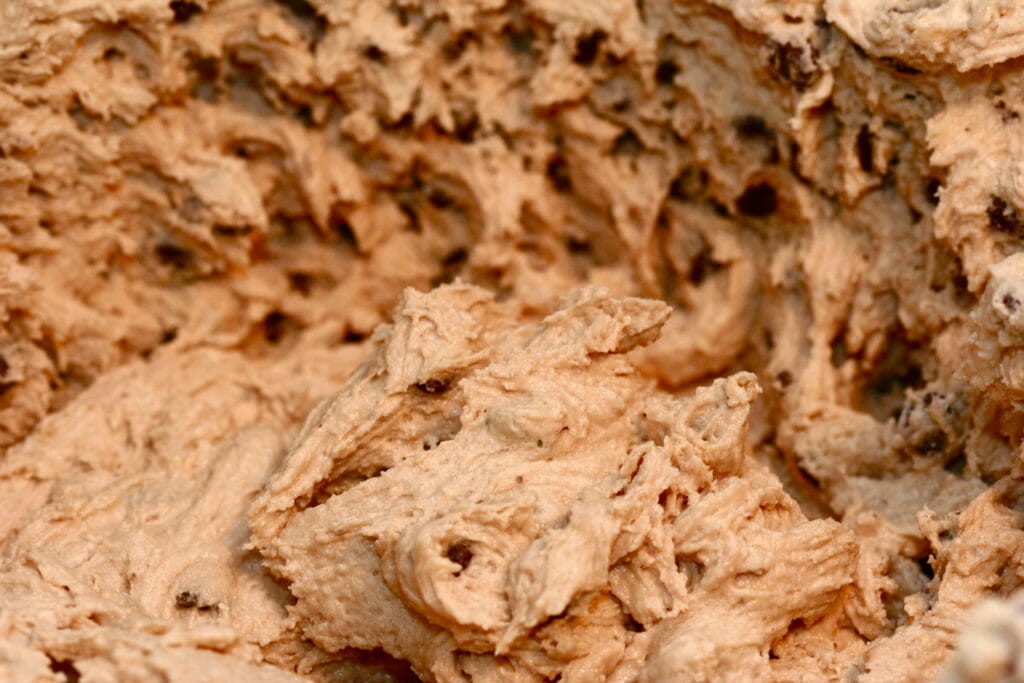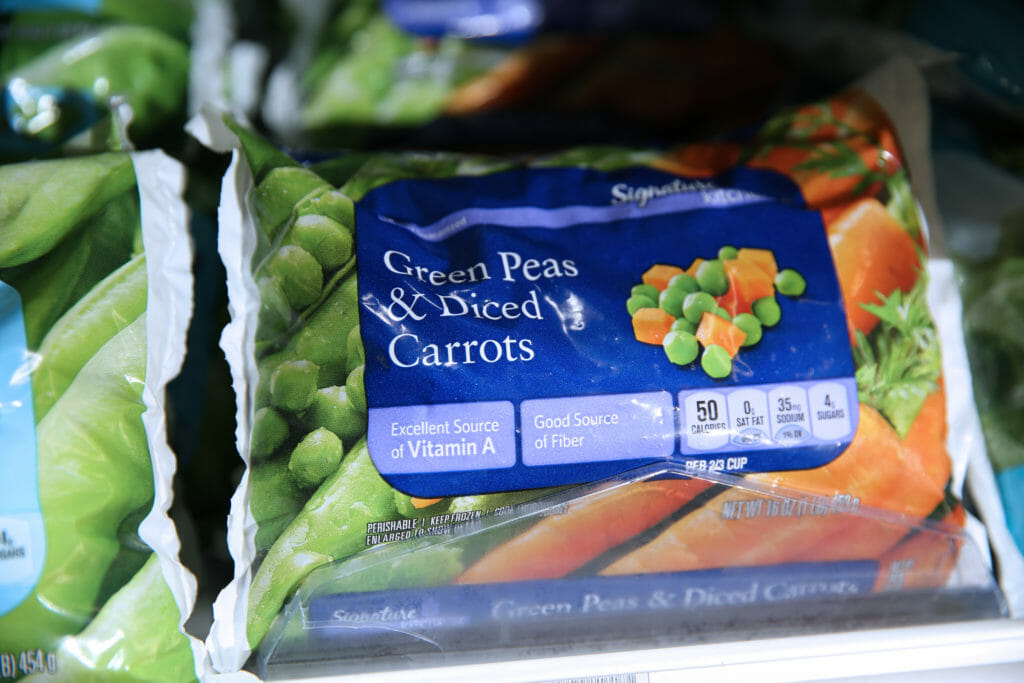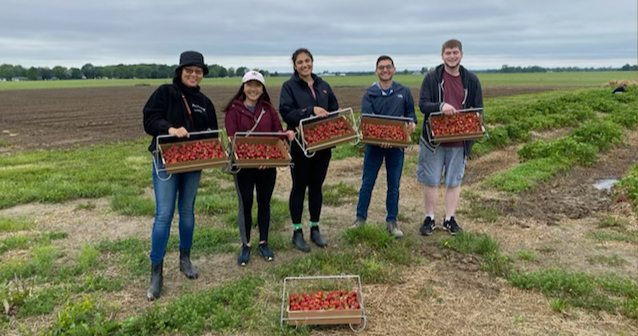The Partnership is looking for volunteers to assist with communications and marketing, donor relations, program management and translation.
Ideal candidates have an interest in public health, food safety, strategic planning, and/or marketing and communications. Applicants can be current students, recent graduates or working professionals.
Volunteer Projects
- Communications and marketing planning: Create and write a social media and marketing plan
- Donor relations: Help manage donor records, donor benefit fulfillment and assist in creating ideas for engaging donors in our mission (You will not be asking people for financial support. This is a behind the scenes role.)
- Programming: Manage program data and prepare summary reports
- Translation and review: Translate food safety education resources, review for scientific accuracy, identify resources for update and create a directory of resources
Volunteers will work remotely but within a team dynamic with the Partnership’s team. Flexible schedule that can be developed mutually. Must be willing to meet virtually via Zoom or Google to discuss projects (will be arranged beforehand).
Benefits of Volunteering
- Contribute to consumer food safety education and helping to keep people healthy.
- Learn more about the consumer food safety education sector while adding to your skills with a project you can use as work example.
- Opportunity for students or young professionals wanting to develop more experience or anyone looking for a way to give back.
Please send a formal interest letter or email to Britanny Saunier at bsaunier@fightbac.org. Include your interest in the topics above, why this is important to you, anything about your academic or professional background that may apply, and your anticipated availability.
